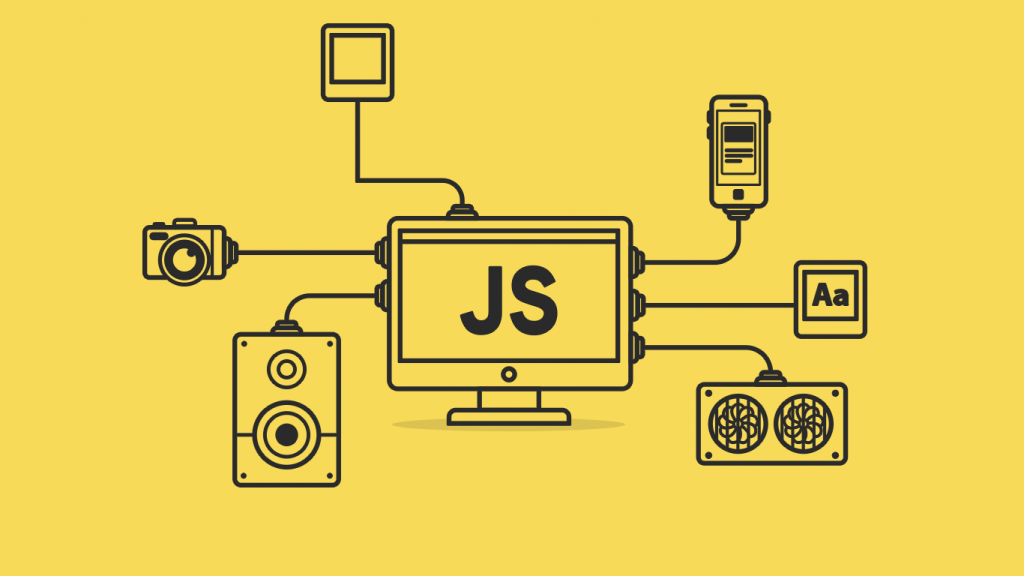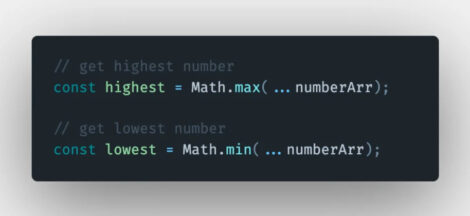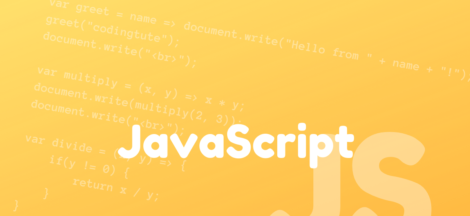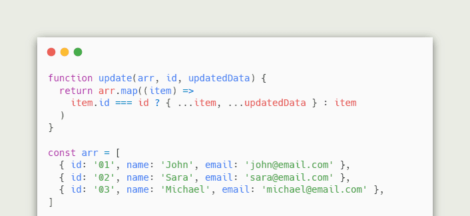The first thing we’ll study is the building blocks of code.
Statements
Statements are syntax constructs and commands that perform actions.
We’ve already seen a statement, alert('Hello, world!'), which shows the message “Hello, world!”.
We can have as many statements in our code as we want. Statements can be separated with a semicolon.
For example, here we split “Hello World” into two alerts:
alert('Hello'); alert('World');Usually, statements are written on separate lines to make the code more readable:
alert('Hello');
alert('World');Semicolons
A semicolon may be omitted in most cases when a line break exists.
This would also work:
alert('Hello')
alert('World')In most cases, a newline implies a semicolon. But “in most cases” does not mean “always”!
There are cases when a newline does not mean a semicolon. For example:
alert(3 +
1
+ 2);The code outputs 6 because JavaScript does not insert semicolons here. It is intuitively obvious that if the line ends with a plus "+", then it is an “incomplete expression”, so the semicolon is not required. And in this case that works as intended.
But there are situations where JavaScript “fails” to assume a semicolon where it is really needed.
Errors which occur in such cases are quite hard to find and fix.
We recommend putting semicolons between statements even if they are separated by newlines. This rule is widely adopted by the community. Let’s note once again – it is possible to leave out semicolons most of the time. But it’s safer – especially for a beginner – to use them.
Comments
As time goes on, programs become more and more complex. It becomes necessary to add comments which describe what the code does and why.
Comments can be put into any place of a script. They don’t affect its execution because the engine simply ignores them.
One-line comments start with two forward slash characters //.
The rest of the line is a comment. It may occupy a full line of its own or follow a statement.
Like here:
// This comment occupies a line of its own
alert('Hello');
alert('World'); // This comment follows the statementMultiline comments start with a forward slash and an asterisk /* and end with an asterisk and a forward slash */.
Like this:
/* An example with two messages.
This is a multiline comment.
*/
alert('Hello');
alert('World');The content of comments is ignored, so if we put code inside /* … */, it won’t execute.
Sometimes it can be handy to temporarily disable a part of code:
/* Commenting out the code
alert('Hello');
*/
alert('World');Please, don’t hesitate to comment your code.
Comments increase the overall code footprint, but that’s not a problem at all. There are many tools which minify code before publishing to a production server. They remove comments, so they don’t appear in the working scripts. Therefore, comments do not have negative effects on production at all.





 The modern mode, “use strict”
The modern mode, “use strict”